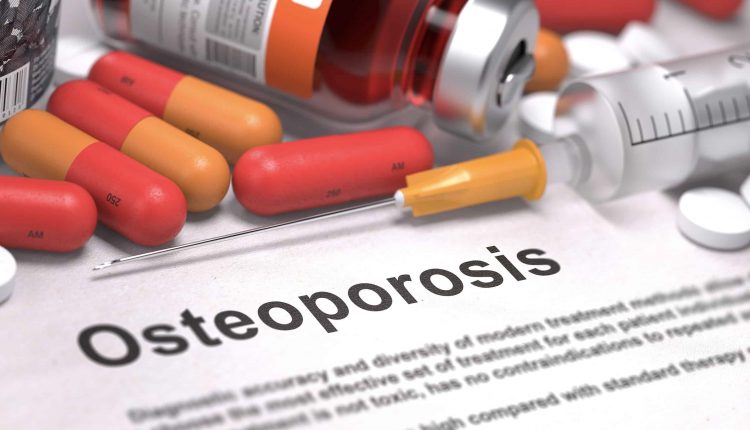
Osteoporosis, what are the suspicious symptoms?
Osteoporosis is a skeletal disease characterised by a decrease in bone mass and density that often develops without symptoms and is usually not discovered until weakened bones suffer fractures
Why does osteoporosis occur?
Throughout life, in order to perform its functions, bone undergoes a continuous remodelling process in which old tissue is cyclically replaced; up to the age of 20, the body has the capacity to build more bone than is lost, but after the age of 50, this process slows down and bone tissue is damaged faster than it was created.
The persistent and dominant activity of bone resorption over bone formation causes osteoporosis, a condition that makes bones more porous, brittle and prone to fracture even during routine activities such as walking, standing, bending or coughing.
The symptoms of osteoporosis
Osteoporosis is essentially a silent disease.
People often do not know they have weakened bones until unexpected and sudden fractures occur, especially in the femur, wrist and vertebrae.
Typically, once the skeletal weakening process is in an advanced stage, obvious signs and symptoms may occur, which include:
- pain in the lower back
- loss of height over time
- change in posture with a tendency to bend forward
- bones fracturing more easily.
Who is at risk of osteoporosis?
There are many risk factors that increase the chances of developing osteoporosis:
- gender, age, ethnicity: osteoporosis mainly affects menopausal women (over 65) or those who entered the menopause before the age of 45, belonging to a European or Asian ethnic group;
- bone structure and body weight: small, thin people have a higher risk of developing osteoporosis than people with larger builds;
- family history: relatives who have had a previous hip fracture after a minor fall increase the risk of developing osteoporosis;
- medical conditions and medications: certain conditions related to irregular hormone levels or taking cortisone can damage bones and lead to osteoporosis.
- harmful habits: bulimia, anorexia, vegetarian diets but also sedentary lifestyle and alcohol and smoking habits are risk factors for osteoporosis.
When to be worried?
Signs of bone loss, as mentioned above, are rare, yet in the early stage of the disease a change in bone density may occur.
Symptoms to look out for include:
- gums with a tendency to recede, a sign that the jaw is losing bone;
- a feeling of decreased grip strength;
- the presence of weak and brittle nails.
In this case it is useful to talk to a doctor to check for the presence of the disease.
Read Also:
Emergency Live Even More…Live: Download The New Free App Of Your Newspaper For IOS And Android
What To Know About The Neck Trauma In Emergency? Basics, Signs And Treatments
Lumbago: What It Is And How To Treat It
Back Pain: The Importance Of Postural Rehabilitation
Cervicalgia: Why Do We Have Neck Pain?
O.Therapy: What It Is, How It Works And For Which Diseases It Is Indicated
‘Gendered’ Back Pain: The Differences Between Men And Women
World Osteoporosis Day: Healthy Lifestyles, Sun And Diet Are Good For Bones
About Osteoporosis: What Is A Bone Mineral Density Test?



